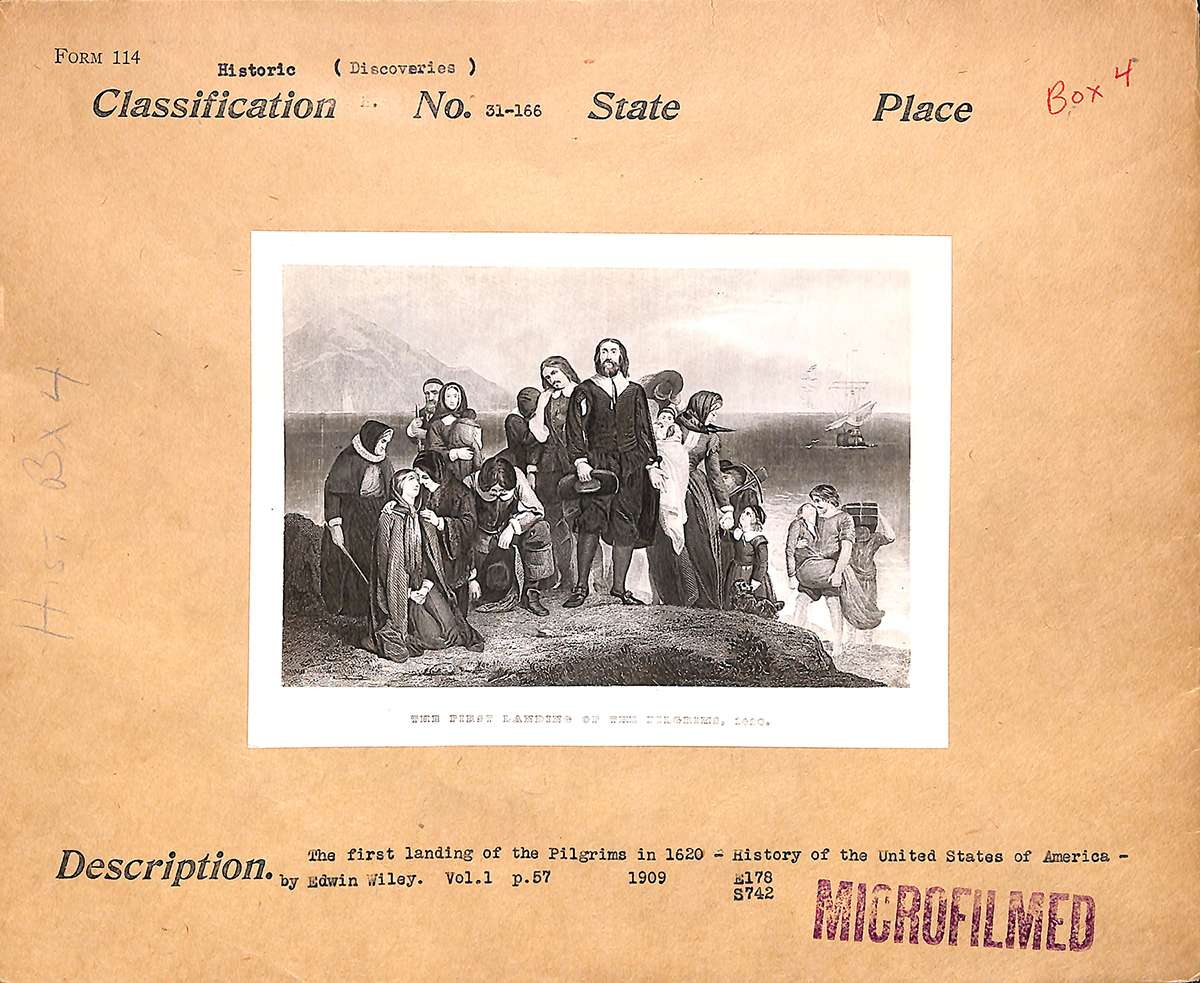
By: NICOLAS FIERRO
Salina Post
Thanksgiving as we know it, is a beloved tradition where families and friends get together to enjoy each other with a meal full of turkey (and/or ham), green beans, mac n' cheese, cranberries, mashed potatoes, greens, stuffing and so much more delicious foods.
But, why do we celebrate Thanksgiving as a national holiday on the 4th Thursday of November? Plus, what was the First Thanksgiving?
Brief history of the "First Thanksgiving"
At the start of the 17th century, parts of New England was home to a variety of diverse Indigenous groups. Political leaders, known as the Sachems had been trading with Europeans for over 100 years, before the Pilgrims (or Separatists).
The Pilgrims arrived to New England (Plymouth, Massachusetts) by way of the Mayflower in 1620, after fleeing from facing severe persecution in England, because they disagreed with the state-run church.
Seeking for religious freedom, the Pilgrims arrived to the land of the Wampanoag in Plymouth, and peace was made between the two groups.
According to the National Archives, at least 90 Wampanoag joined 52 Pilgrims for a feast to mark a successful harvest. This occurred following a brutal winter where many colonists died from lack of food supply, before the Pilgrims and Wampanoag worked together.
Today, it is remembered as the First Thanksgiving.
The First Thanksgiving story emphasizes a peaceful exchange between the Pilgrims and Wampanoag.
However, within a generation, a war would erupt and the Wampanoag would ultimately lose their political independence and much of their territory. This was due through a series of conflicts and most notably, the King Philip's War.
Brief history of the US Federal Holiday, Thanksgiving
According to the National Archives, the federal Thanksgiving holiday has its roots in one of the country’s bitterest moments of division as we know, the Civil War at the start of 1861.
In July 1863, the Battle of Gettysburg resulted in more than 50,000 American casualties. As tensions and divisions were present amid the American Civil War, President Abraham Lincoln issued the "Day of National Thanksgiving" proclamation on July 15, 1863:

Afterwards, on October 3rd that same year, Lincoln issued the Thanksgiving holiday to occur on a uniform date (the last Thursday in November) to promote national unity and healing during the Civil War.
Lincoln was not the first President to issue a Thanksgiving proclamation, but his order set a precedent to “observe the last Thursday of November next, as a day of Thanksgiving” every year for decades to follow.
In 1939, concerned that the shortened holiday shopping season might dampen the nation’s economic recovery from the Great Depression, 32nd President Franklin D. Roosevelt issued a Presidential Proclamation moving Thanksgiving to the third Thursday of November.
Sixteen states refused to accept the change, and for the next two years Thanksgiving was celebrated on two different days.
To end the confusion, Congress passed a law in 1941 establishing the fourth Thursday in November as the federal Thanksgiving Day holiday as we know it today.





